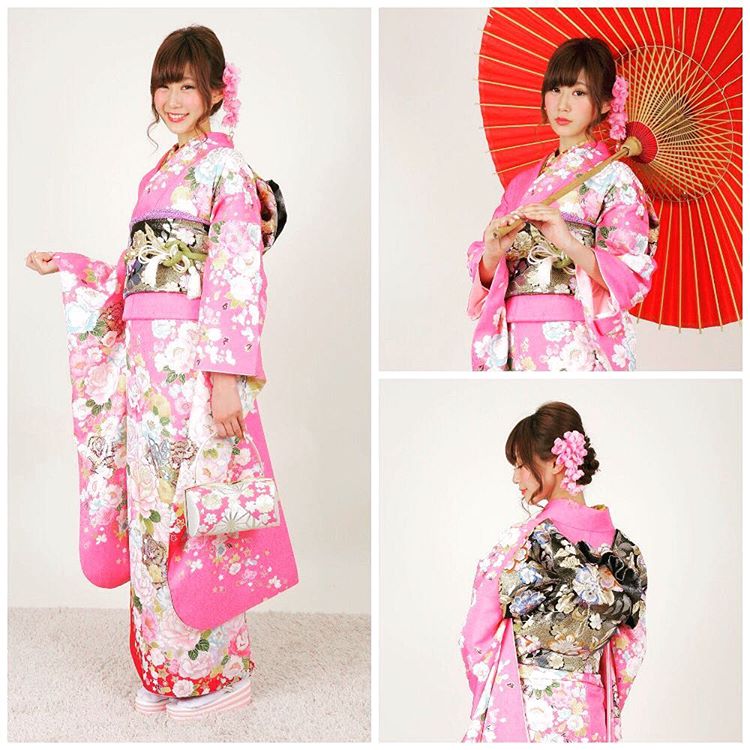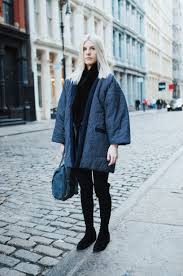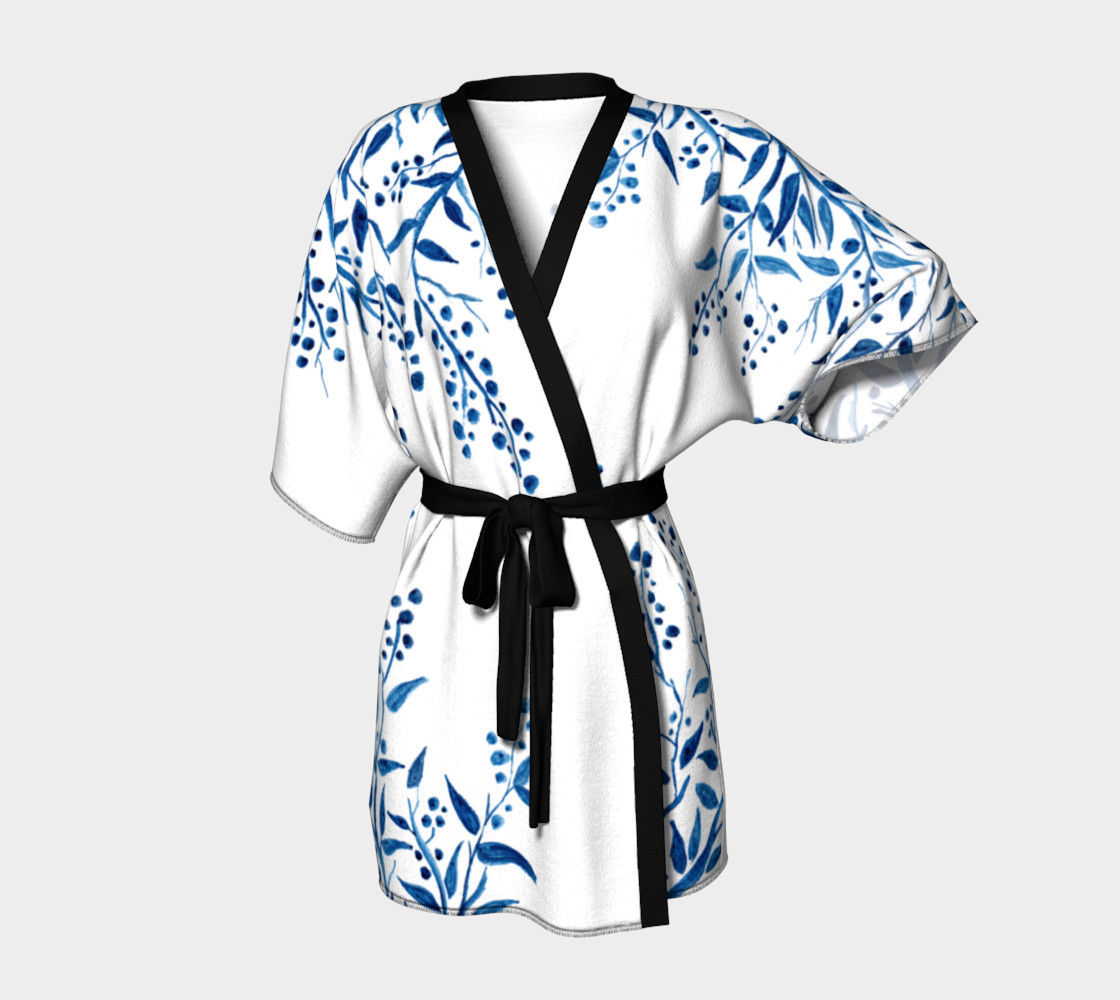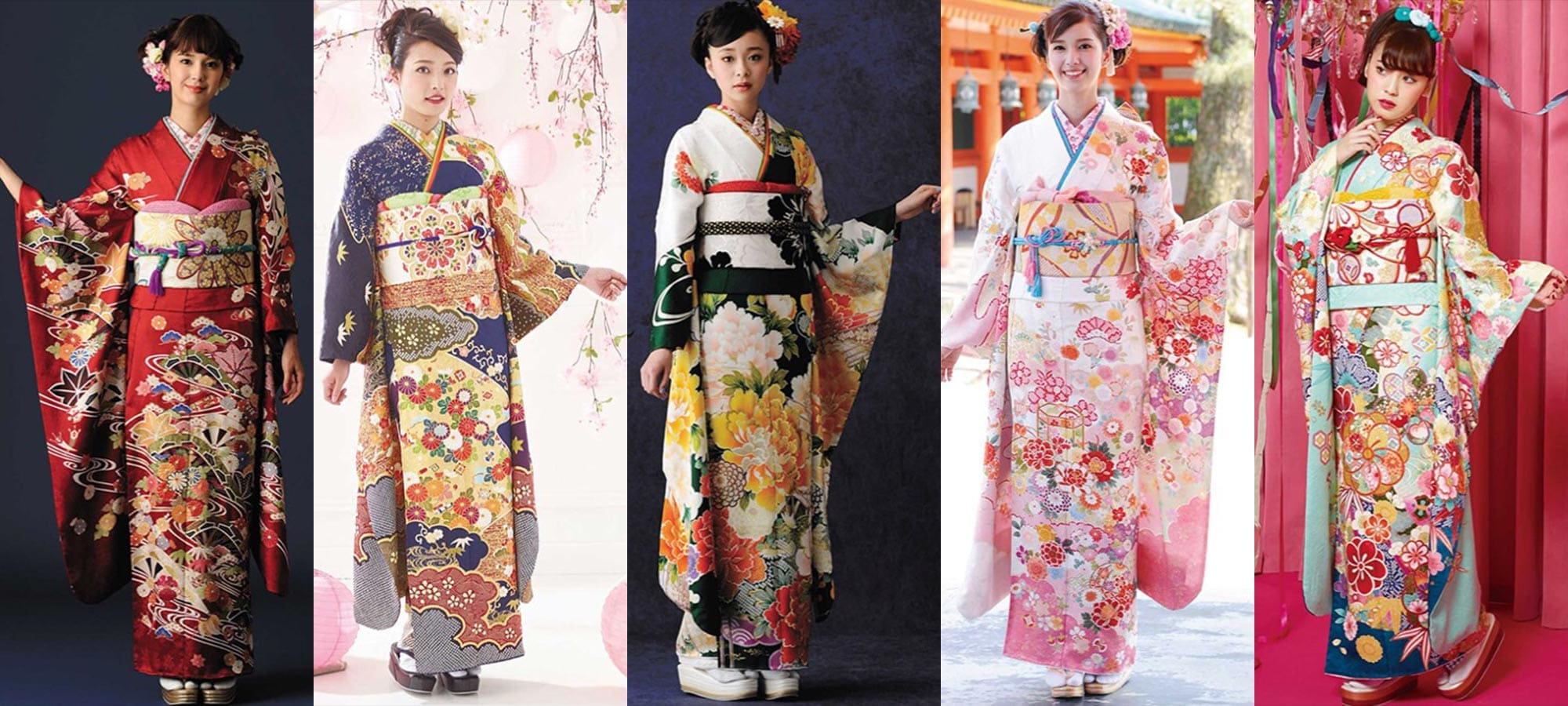Most people have heard of the kimono, and beautiful though they are, you might not know that kimono are not the only traditional Japanese clothing that people are still wearing today. From warm winter hanten jackets to loose-fitting workwear, from martial arts outfits to elaborate festival gear, there are plenty of options to enjoy Japanese fashion.
What all these garments have in common is the undeniably Japanese quality of considered beauty and innovative design.
Kimono

The most iconic and easily recognizable of all traditional Japanese wear, the kimono (着物) is still a staple piece for many Japanese people and is growing in international appeal too. Drawing influence from ancient Chinese style clothing, the kimono was worn initially with a hakama, a long skirt type piece that sometimes featured a divider down the middle. Over time, however, tastes changed and it became far more popular for the kimono to be worn without the skirt and instead held together with a sash known as an obi. Typically worn for special occasions, both traditional and contemporary, the kimono has stood the test of time, its flattering and body-hugging silhouette is a timeless representation of Japan’s great appreciation for carefully considered beauty.
Yukata

Simply put, the yukata (浴衣) is the lighter, summery version of the kimono. Made from soft, lightweight fabric like cotton, the garment’s name translates to bathing cloth, for which it was originally created. Worn by men and women the yukata is fastened by a sash (obi) and is very easy to wear. It is most popularly worn while onsen bathing, and this stylish and breezy robe is also the unofficial garb for vibrant summer matsuri events during the sweltering summer months.
Hanten

A hanten (半纏) is a winter coat and was typically worn by regular people during the Edo period. Its history may be far-reaching, however, thanks in large part to its simple, minimalistic design, the jacket is a very flexible piece of clothing that can very seamlessly fit into the modern-day wardrobe. The throw-over style coat-jacket is padded and tailored for a cozy, but flattering fit.
Haori

A more formal incarnation of the hanten, a haori (羽織) is a medium-length jacket designed to be worn over the kimono. In previous times was only accessible to those of a higher social class, while in the Sengoku period, men would wear sleeveless variations of the haori over their armor like tabard was worn in Europe. Women also flirted with wearing the haori as a statement style piece, a movement spearheaded by geisha in the 1800s.
This haori kimono jacket is hand-dyed using the painstaking shibori technique. This involves tying up parts of the fabric before it is immersed into to create intricate patterns between the dyed sections and raw fabric. Each of the hundreds of tiny dots you see has been hand-tied to create this fascinating pattern.
Obi

The sash which keeps the kimono together, the obi (帯) is often easily overlooked, but when styled right it’s a standout piece of traditional Japanese wear. As simple or as extravagant as you like, there’s a type of obi for every occasion and every style. The patterns can be chosen to match the material of the kimono, or to provide a sharp contrast. For some outfits, the kimono becomes a mere canvas for the artistry of the obi. Mens’ obi are narrower than women’s, and play a more practical role in keeping the kimono tight. For women the obi’s primary function is to be decorative, while the actual piece of fabric keeping the garment together is hidden underneath.
Kimono Robes

A kimono robe is actually more similar to a yukata, the kimono’s more informal and relaxed counterpart. The history of kimono robes is intertwined with bathing culture and ryokans, or Japanese style inns, with onsen hot springs. Bathing culture in Japan dates back to about 12th century Kamakura period.
Nowadays, the yukata you will see at a ryokan have been simplified so that they can be worn very easily with a simple tie around the waist, just like a bath robe. They don’t require any special underwear, extra ties, or complicated folds.
This is exactly what a kimono robe is, a simple yukata mostly worn at home instead of the ryokan.

